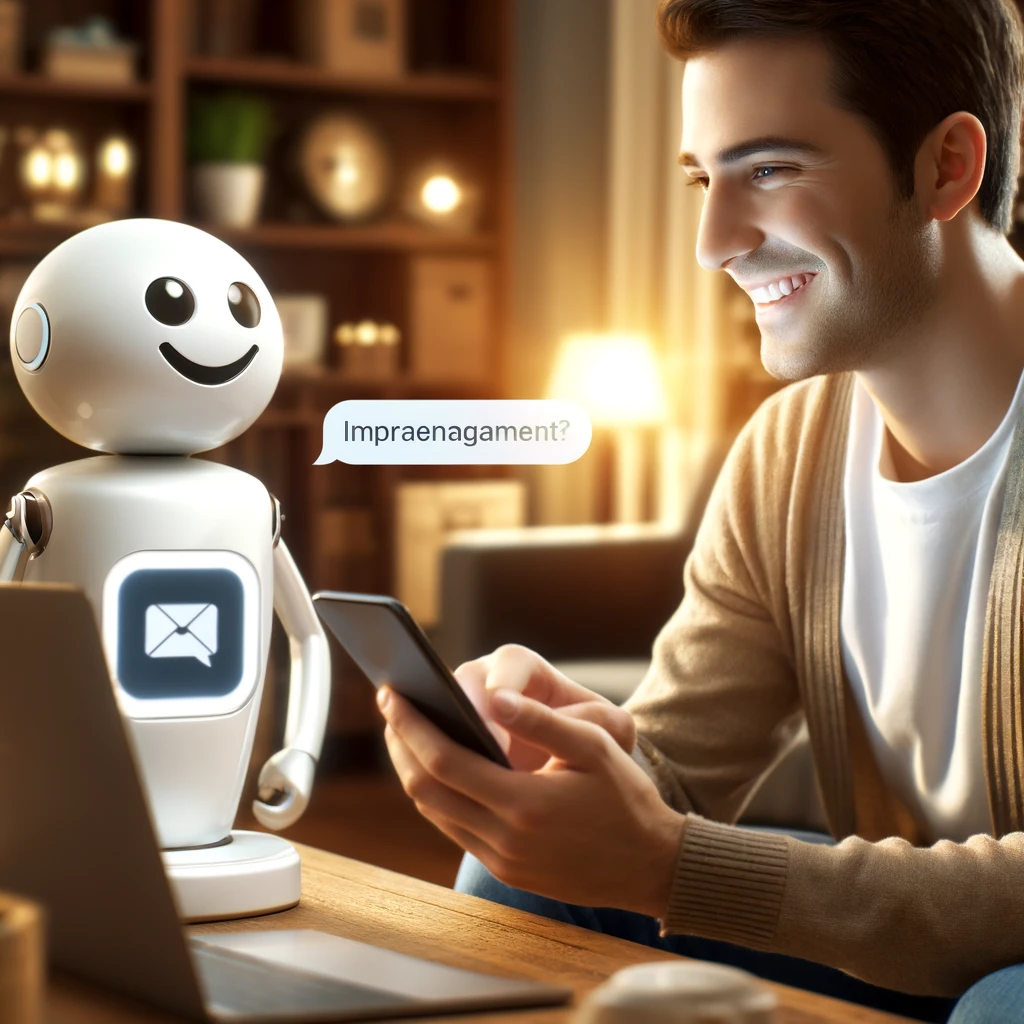All firms strive to acquire new leads through web marketing. They must be able to provide 24/7 smooth and customized client experiences, efficiently acquire data and contact information, and identify the most important customers for their sales staff.
Marketing teams are replacing static internet forms with chatbots to prevent missing these possibilities.
Chatbots have many benefits that make them ideal for customer experience and lead generation. The nice part is that they may be used for many customer support journey tasks. We’ve listed several lead generation bot benefits:
But Let’s See What’s Chatbots!
Chatbots are software programs that replicate human interaction and engage with people in natural language. They can answer FAQs, provide customer assistance, automate chores, and even facilitate e-commerce transactions. Chatbots employ NLP and conversational AI platform to understand user input and respond appropriately.
A customer support service chatbot helps consumers with questions, complaints, and requests. In customer service, it aims to help users quickly and accurately. Customer care chatbots can be added to websites, messaging apps, social media, and mobile apps.
Lead-generation chatbots Overview
Lead-generating chatbots automate business-customer interactions. Lead-generating chatbots collect consumer data, guide customers through buying, and qualify leads. They also let website users investigate possibilities and allow businesses to actively communicate with prospects, preventing them from leaving without converting.
Chatbots can help organizations build deeper customer relationships by communicating with them 24/7/365. Since 64% of business owners think chatbots’ best feature is 24/7 help, this is a major benefit. With 24/7 assistance, chatbots for lead generation ensure you never lose a lead by delivering web traffic while your salespeople or live chat operators are unavailable.

How Chatbots Helping in Customer Support and Lead Generation
AI chatbots are changing how marketers communicate with customers. Chatbots are crucial marketing tools because they can start discussions, gather data, and provide customized recommendations. In digital marketing, chatbots improve consumer experience and business growth. Here are some ways marketers can get lead generation with chatbots:
1. Promote Lead Magnets To Boost Conversions
Lead magnets are a great technique to boost top-of-funnel conversions. Visitors to your website can access gated content and materials in exchange for their email addresses or other contact information.
You may entice visitors with guides or white papers that explain your expertise, enhancing lead capture in the awareness stage. A lead-generating chatbot offers a guide download.
Newsletters and webinars are wonderful downstream marketing content to educate and connect with your audience. Instead of static forms, use your chatbot to promote all your lead magnets and target the correct audience.
Target promotions depending on visitors’ behavior and pages visited. Allow downloading or joining up in the chatbot.
Why use chatbots instead of static forms? Interactive content like chatbots can quadruple newsletter subscriptions.
2. Improve lead qualification
Chatbots can qualify leads by asking website visitors relevant questions. These questions should reflect your business goals and ideal lead or client profile. This way, you can ensure your sales staff receives the best leads.
Your marketing funnel-aligned chatbots can validate consumer needs with automated queries and answers. Thus, you can ensure that you collect the necessary data at each point of the client journey, from email at the top to more detailed data later.
Chatbots can quickly determine if a consumer wants to acquire your goods or service and if there are any roadblocks with their changeable inquiries. After finding a high-intent lead, chatbots can offer a demo, meeting, or free trial.
3. Offer 24/7 Lead Generation And Assistance
Chatbots can help you support website visitors. 64% of website visitors say chatbots’ 24/7 assistance is their favorite feature.
However, marketers like that chatbots can transform website traffic into sales-qualified leads outside of office hours while assisting clients conversationally. Consider FAQ bots. When website visitors can’t find what they need, they ask the FAQ bot for help.
The bot can answer simple questions, give self-service, and direct users to the right website. This is crucial since answering inquiries increases lead conversion.
The bot can also collect customer support data so your sales team can approach them later about a particular issue. During office hours, the bot can send high-intent leads to a real person in chat to convert them faster.
The bot should be visible on the site and encourage users to ask inquiries for a smooth experience.
4. Collect Information And Contact Details
Many users abandon static forms, even 81% of internet forms. Increasing fields leads to increased form abandonment.
Chatbots can split long forms into many views and collect data incrementally. When you split down material into conversations, visitors won’t be swamped with queries. Ask the most crucial questions first to boost conversions.
Multi-step converting simplifies lead collection and improves lead quality and conversion rates. It can create 4x more leads than static forms.
5. Chatbots customize customer experiences
Delivering relevant information to the correct visitor at the right time is key to personalizing website experiences. Personalizing chatbot conversations can help visitors feel valued while interacting with your organization. Your chatbot should ask relevant questions about their interests in conversations with customers.
The data you obtained earlier should inform the questions. Use your customers’ online behavior and buying habits to target your customer support automation automatically. You can trigger your chatbot with a targeted, proactive message when visitors arrive via a paid search campaign URL, or you can use the bot to give returning customers a discount.
6. Faster reaction times
Recently, clients have preferred instant messaging. Think about it: You talk to coworkers more on Slack than in person. Use iMessenger or WhatsApp to chat. This practice has spread to businesses engaging with other firms, which is expected. A recent Twilio poll found that 90% of customers prefer texting companies.
Companies have found that utilizing a chatbot to communicate with customers in a conversational style is more efficient for lead creation. Because of this, chatbots are widely used across industries. The chatbot market is anticipated to reach $1.25 billion by 2025, reflecting this acceptance. As they evolve, bots will look increasingly human.
7. B2B Customer Experience Improvement
Clients have increasingly favoured instant messaging. Just imagine it; you talk to your colleagues on Slack more than in person. Use iMessenger or WhatsApp to chat. This is common with businesses engaging other firms.
A recent Twilio poll revealed that 90% of customers prefer texting companies. As opposed to lead creation, companies perceive it is far better to use a chatbot to communicate with customers in a more efficient conversational style.
Hence, chatbots are rather popular across industries because of this very reason. Consequently, the chatbot market is expected to reach $1.25 billion by 2025, reflected by its acceptance rate. As they evolve, bots will look increasingly human.
If you’re interested in this topic, you might also find our other blog Related to AI :
- 10 Best AI Tools to Boost Productivity
- The Impact of AI on Social Media: Pros & Cons
- 10 Powerful Ways to Improve UX Design with AI(Tools Included!)
Develop an AI chatbot for customer support.
Technology plus User-friendly tools and platforms make creating chatbots easier as they interact with clients directly through these channels. The easy ways are:
1. Determine Your Chatbot’s Goal
Start by defining your chatbot’s purpose. Do you want it to answer frequently asked questions (FAQs), help in sales, or entertain? Define the bot’s role.
2. Select a Platform
Choose a chatbot development platform for your goals and skills: No-code/low-code platforms and code-based frameworks.
3. Determine Audience and Use Cases
Know your scenarios and who uses the bot: This would enable you to create conversations satisfying them.
4. Plan Conversation
Create a script for the conversation between two parties via this particular bot. Scenario-specific user prompts and responses – Consider consumers’ input, too!
5. Utilize NLP
NLP enables your chatbot to understand and respond to user inputs more like humans. It employs NLP to understand context, intent, and language variability.
6. Write and Respond
Generate fun-filled responses from a chatbot. The responses should be short, accurate, and brand-aligned.
7. Chatbot-Channel Integration
Integrate your bot with user-interaction platforms. These could be websites such as Facebook Messenger and WhatsApp, among others.
8. Try the Chatbot
Do rigorous testing on your chatbot to identify any bugs, inconsistencies, or problems with conversation flow. Simulate user scenarios that will help you test chatbot response capabilities.
9. Improve and refine
Fine-tune chatbot responses and conversation flow based on user feedback and testing. The chatbot should be optimized by analyzing users’ interactions with it.
10. Start/Observe
Launch a chatbot when it has reached its peak performance. Watch out for user involvement in terms of the number of users, their success using chatbot for sales, and their satisfaction with them.
11. Update and refine
Regularly iterate on your bot’s design; learn more about how people use it so that you can make it better meet their needs, increasing its efficiency, effectiveness, and utility over time.
12. Give Human Support
Solving complex requests or inquiries may require human intervention. Have a way to transfer users easily between robots and human agents when necessary.
Easy chatbot creation requires user-friendly tools, a logical conversation flow, and alignment with corporate goals and consumer needs. Remember that a successful chatbot requires constant modification, learning, and adaptability depending on user feedback and changing needs.
7 Best Practices for Using Chatbots for Lead Generation
1. Meet and connect with your target audience
A lead generation funnel comprises attracting and engaging ideal consumers, which the lead generation chatbot can do.
Give your audience something unique to grab their attention. This may interest them. In digital marketing, this is called “lead magnets.”
2. Define Leads
When creating chatbot questions, consider the information your sales team needs to qualify leads. What topics should your chatbot cover?
This should change based on your goals and marketing funnel. Get email addresses at the top of the funnel.
3. Engage Lead
Engage leads to boost their likelihood of becoming customers. Additionally, contact information is just the beginning of the possibilities.
Before acting on a lead, qualify it. By 2022, chatbots may answer 75%–90% of healthcare and financial questions.
4. Customize your chatbot’s voice
Knowing your target audience can help you customize your lead-generating chatbot’s voice and vocabulary.
Follow brand rules in the established voice to transmit a consistent message and build credibility with your target audience.
Improve consumer engagement using chat platforms.
As observed, chatbots help modern marketing and customer service. They are cost-effective and efficient ways to engage clients, provide tailored help, and improve the customer experience. Better customer interaction means more leads and higher marketing ROI.



